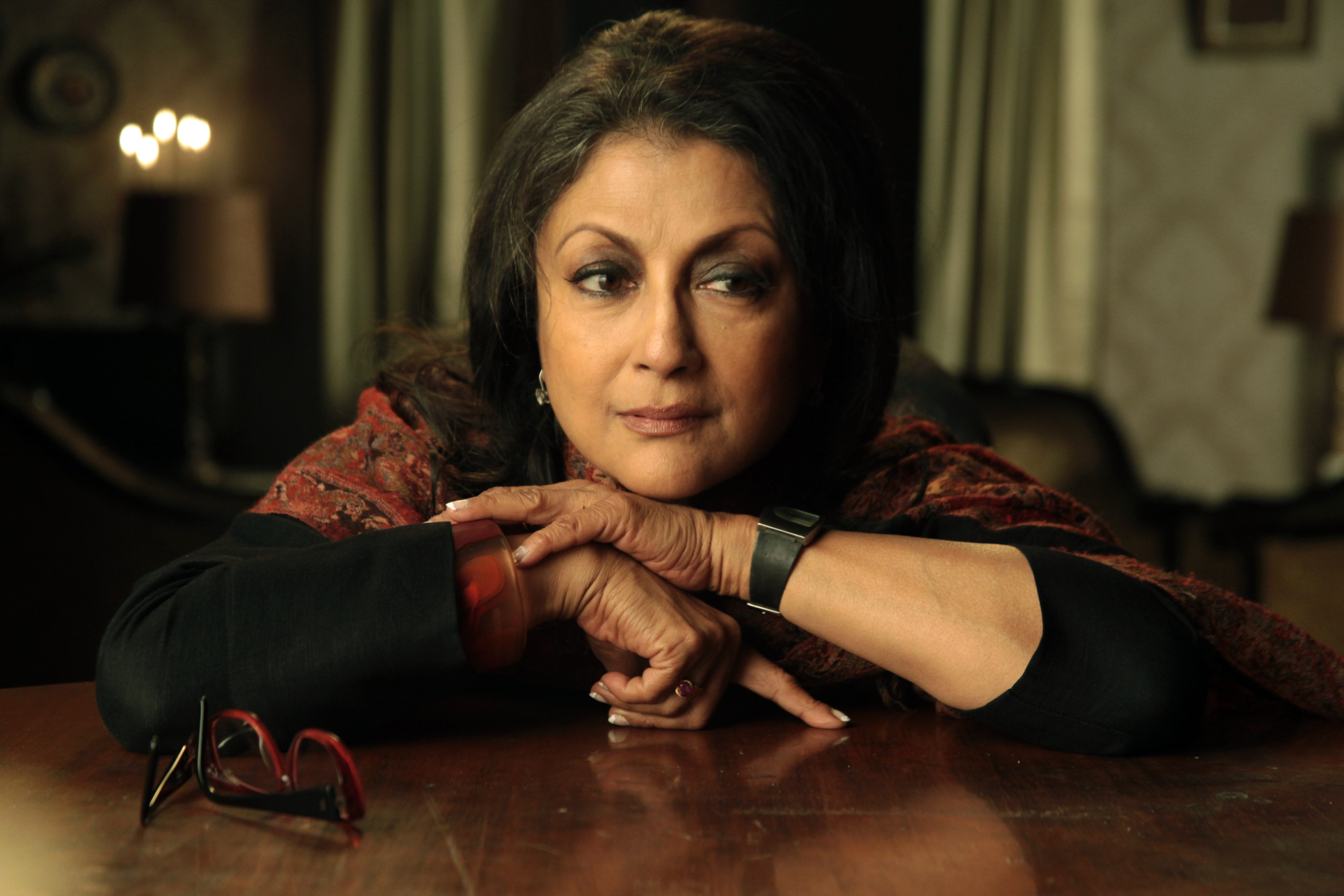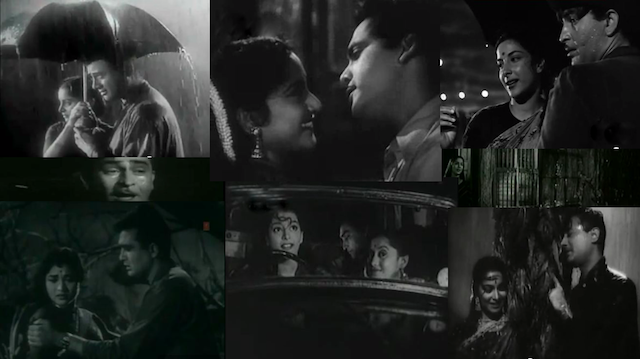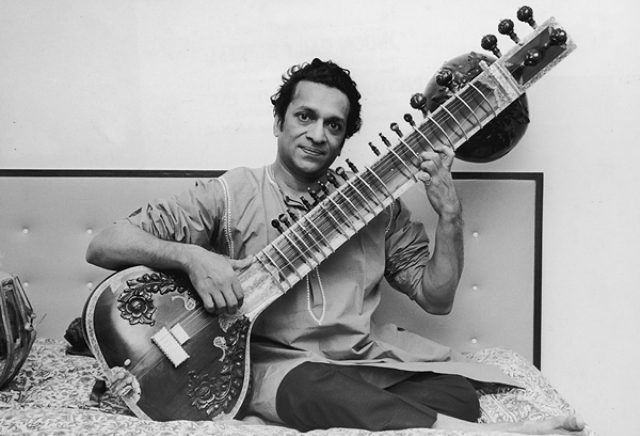There is a great deal of difference between a woman filmmaker who makes movies for a living, someone who makes movies about being a woman. Apart from the dogmatic framework of feminist cinema, the latter explores the feminine identity through multiple means, using visuals and representational tools as an innovative way of meaning-making. India, as one of the largest film producing nations in the world, is yet to level the huge gap in the ratio of films made by male and female filmmakers. Even though a few female filmmakers turn up with outstanding movies in Bollywood and regional film industries every year, the glass shield effect is still operative in many visible and invisible forms. The patriarchal flux is present in the film industry as much as any other sector and, it’s a rarity to sustain visibility for a long 35 years as a female filmmaker, adopting provoking themes and disturbing characterizations that shake the foundations of the status quo, and that placed filmmaker Aparna Sen in a unique place in the history of Indian cinema.
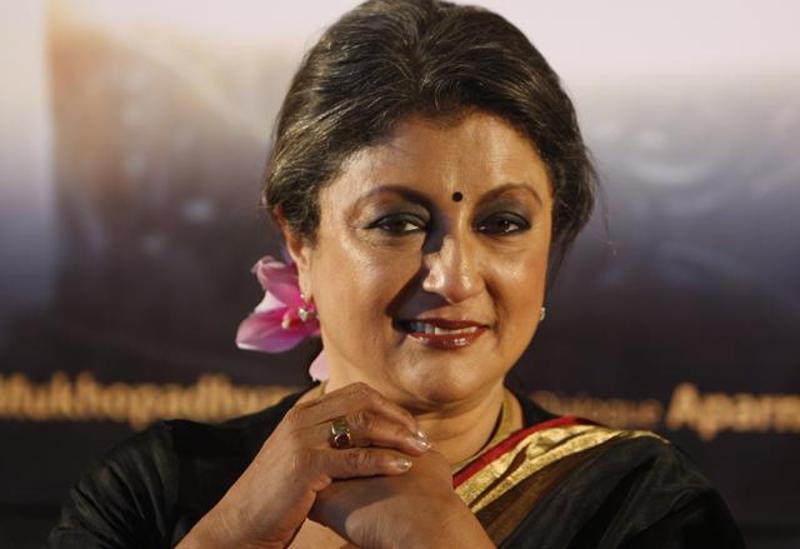
No other filmmaker in Indian cinema explored the state of being a woman in extremely volatile Indian social theater as Aparna Sen. But, her women characters never trapped in the ideological realm of feminism and instead, journeyed into the other overlapping spheres of contemporary Indian society. They travel and experience the religious intolerance, rigid moral codes, labyrinths of man-woman relationships, choked by the memories, disappear into a futuristic mystery land without a warning, and radiate a characteristic empathy, in a lovable feminine way, around them. Being a multi-faceted film personality, Sen defied all the conventions and categorizations in filmmaking with her sharp, but the subtle depiction of female protagonists and their life as human entities. Sen always keeps a space for viewers in her cinematic realm and distances herself from the avant-garde, hardcore art house movies, and sleek commercial entertainers.
Mani Kaul; Interludes Of A Wind Chime And An Invisible Man
Aparna Sen born and brought up in a culturally resonant air as the daughter of film critic and filmmaker Chidananda Dasgupta and famous costume designer Supriya Dasgupta, and the legendary Bengali poet Jibanananda Das as her uncle. A childhood full of cinema, poetry, music, and art in Hazaribagh and Kolkata bloomed Sen into a multi-faceted artistic personality. “Even as a little girl, I knew and heard people who were to become famous filmmakers in years to come. To know Bunuel and Bazin, I did not have to step out of my house. My father and his friends discussed them at home,” Sen remembers in a conversation. She realized her calling for acting during teenage and joined with Utpal Dutt, a prominent figure in Bengali theater. But, cinema made its first divine intervention in her life in 1961, at the age of 16, when the master filmmaker Satyajit Ray, who was a friend of her father, roped Sen to play Mrinmoyee, the child-bride in his movie Teen Kanya.
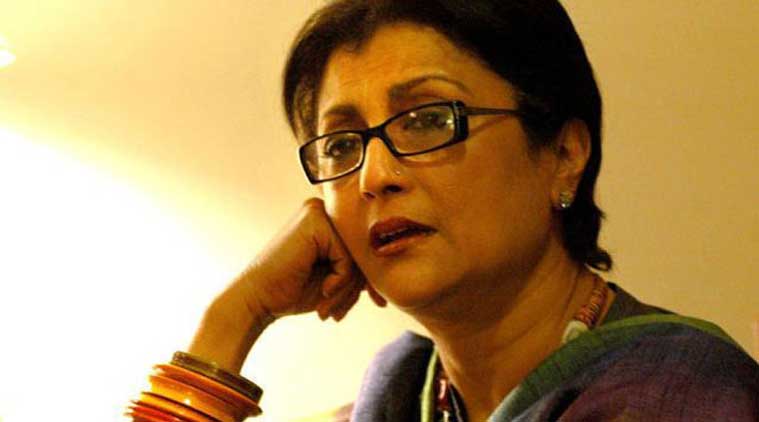
In 1965, she appeared in Mrinal Sen‘s Akash Kusum alongside Soumitra Chatterjee. Sen went on to playing iconic characters in the Satyajit Ray movies like Aranyer Din Ratri (1970), Jana Aranya (1976) and Pikoo (1983). Mrinal Sen also collaborated with Sen in movies like Ek Din Achanak (1990) and Mahaprithibi (1991). Under these two great filmmakers in Indian cinema, Aparna Sen enacted the nuances of femininity of Bengali middle classes. While collaborations with these master filmmakers earned her critical acclaim, Sen became a dependable leading lady in the mainstream Bengali cinema in the 70s through a number of flicks in which, onscreen pairings with the leading stars of Bengali cinema like Soumitra Chatterjee and Uttam Kumar made her immensely popular with a fan following. Nevertheless, most of the roles came in search of Sen in those days were stereotypical, mediocre and ineffectual to raise the bars of her acting. Sen also appeared in two of the Merchant Ivory productions, The Guru (1969) and Bombay Talkie (1970), and rubbed shoulders with big stars in Bollywood through movies like Imaan Dharm (1977). Sen also appeared in some titular roles in movies like Unishe April, Antaheen and Chatushkon.
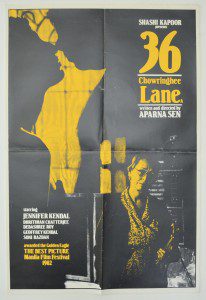
1981 was a decisive year in the Sen’s career when she switched to filmmaking amidst the acting commitments. Sen adapted a short story written by her that revolves around an aging spinster living alone in Calcutta for her debut feature. 36 Chowringhee Lane garnered critical acclaim upon release and the movie encompassed all the Aparna Sen stamps like subtle deliverance of emotions, delicate layers of feminine mindscapes and loneliness. The movie, also held its viewers close to its core through an intimate depiction of its protagonist’s, an Anglo-Indian teacher named Violet Stoneham, the world. Sen’s approach of letting the characters and plot breathe a bit of fresh air allured viewers and critics alike. 36 Chowringhee Lane earned Sen the Best Director award at the Indian National Film Awards and the Grand Prix at the Manila International Film Festival. The movie also became a milestone in the thin section of English language films made in India.
Sen continued to explore the diverse facets of feminine existence in her second movie, Parama, which was released in 1984. As Sen chose to focus on the melancholic loneliness of a woman, she picked up the vigorous daughter-in-law, Paroma, as the central character in her second movie. Sen dug deep into the internal world of typical Indian womanhood in Parama and surgically depicted the contradictions and conflicts that ruled them. The movie was harbored on the amorous interconnections between the 40-year-old Paroma and a young photographer she fell in love with. Mental illness of the female protagonist, a recurrent motif in Sen’s films, found its fruition in Parama.
Awtar Krishna Kaul, Losing A Self While Crossing A River
Sen widened the range and scope of her oeuvre through movies like Sati (1989), a burning portrayal of the pernicious consociation of the patriarchal system and superstitions to victimize women, Yugant (1995), which discusses the chaotic and violent world of hidden emotions of a separated couple, struggling to find their lost love towards each other, and Paromitar Ek Din (2000), an intense depiction of the warm relationship between a mother and her daughter-in-law amidst decrees of societal norms.
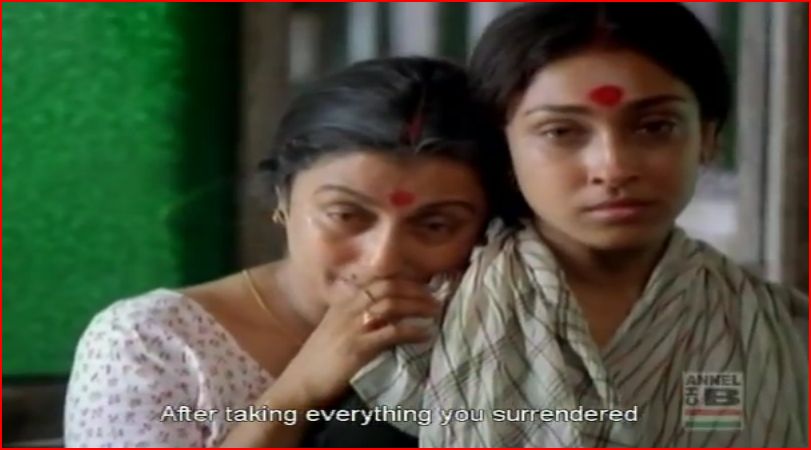
Sen plunged into the communal unrests which are on the rise in the country through her 2002 movie, Mr. and Mrs. Iyer. The movie, which was narrated as a long journey in the backdrop of a communal riot, and unfolded the emotional bonding between a man and a woman, marked Sen’s keen sensibilities regarding institutional violence and power equations in human
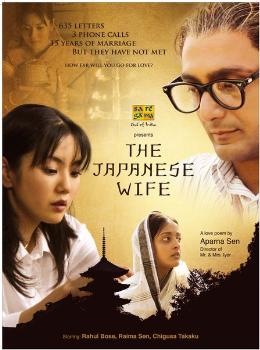 interactions. She continued to explore the labyrinthine emotional landscapes of her characters in 15 Park Avenue (2005) and The Japanese Wife (2010). In her 2011 movie, Iti Mrinalini, Sen presented a kaleidoscopic view of love, and the 2013 movie Goynar Baksho was a satirical take on ever-changing roles of women, using a jewelry box as a reference point. Her latest film Arshinagar (2015) is a modern day depiction of the Shakespearean tragedy, Romeo and Juliet, and an attempt to invent a new form within the templates of mainstream Bengali cinema.
interactions. She continued to explore the labyrinthine emotional landscapes of her characters in 15 Park Avenue (2005) and The Japanese Wife (2010). In her 2011 movie, Iti Mrinalini, Sen presented a kaleidoscopic view of love, and the 2013 movie Goynar Baksho was a satirical take on ever-changing roles of women, using a jewelry box as a reference point. Her latest film Arshinagar (2015) is a modern day depiction of the Shakespearean tragedy, Romeo and Juliet, and an attempt to invent a new form within the templates of mainstream Bengali cinema.
Unlike a typical female filmmaker who is obsessed and haunted with the feminine identity, Sen blurs the borders separating feminine existential traumas and stereotypes in her endeavors through precise characterization and their placement against the fitting social milieu. Sen’s women are not prisoners of a rigid ideology, and she never insulates them with an antipathic perspective. They radiate an all-inclusive empathy and project a unique feminine receptiveness. Sen makes a clear statement of inclusiveness in characterization and themes. This statement is exemplified by her male protagonists, and almost all of them are the benefactors of this camaraderie from their female counterparts. Those men are vulnerable and accept their roles in the narrative rather submissively. On the other hand, Sen’s women enclose an emotional turmoil resulting from the omnipotent patriarchal forces that often reveals as mental illness or subtle implosions. But, she never allows her female protagonists to fall into the thorns of victimization and protects them by channelizing this turbulence into empathy, reconciliation, mental disorders, and fantasy. She even lets them escape into a climactic black hole of magical realism as in 15 Park Avenue, leaving the movie and the viewers behind.
Kumar Shahani, A Forgotten God, And A Misplaced Image
Sen applies a subtle and fluid cinematic form to interconnect the scattered identities of womanhood and thoughts of her protagonists. She often rejects the demands of a linear storytelling and oscillates between past, present, and future through invisible cuts, as it always happens in our thought process. Frequent use of close-ups and tracking shots keeps the audience emotionally connected with the characters and the narrative all the time and Sen never alienates her audience. She is also keen to underline the emotional hiatus by applying a captivating background score. Over the course of 35 years, Sen has devised a visual language that is very inclusive and creates a feminine habitat that encompasses the characters, viewers, movies, and the filmmaker.
In 15 Park Avenue, the protagonist Meethi, a young woman suffering from Schizophrenia and enacted outstandingly by Sen’s daughter Konkana Sen Sharma, searches for her imaginary family and house in the non-existing 15 Park Avenue. The movie subtly ends when she walks into a house where she believes her family of husband and five kids lives and disappears forever, both from the lives of other characters in the movie and the audience. This finding neverland is the place where Aparna Sen’s movies meet the audience and exchange highly emotional cinematic experience.
Written By: Ragesh Dipu
Main Image Courtesy: Box Office India

